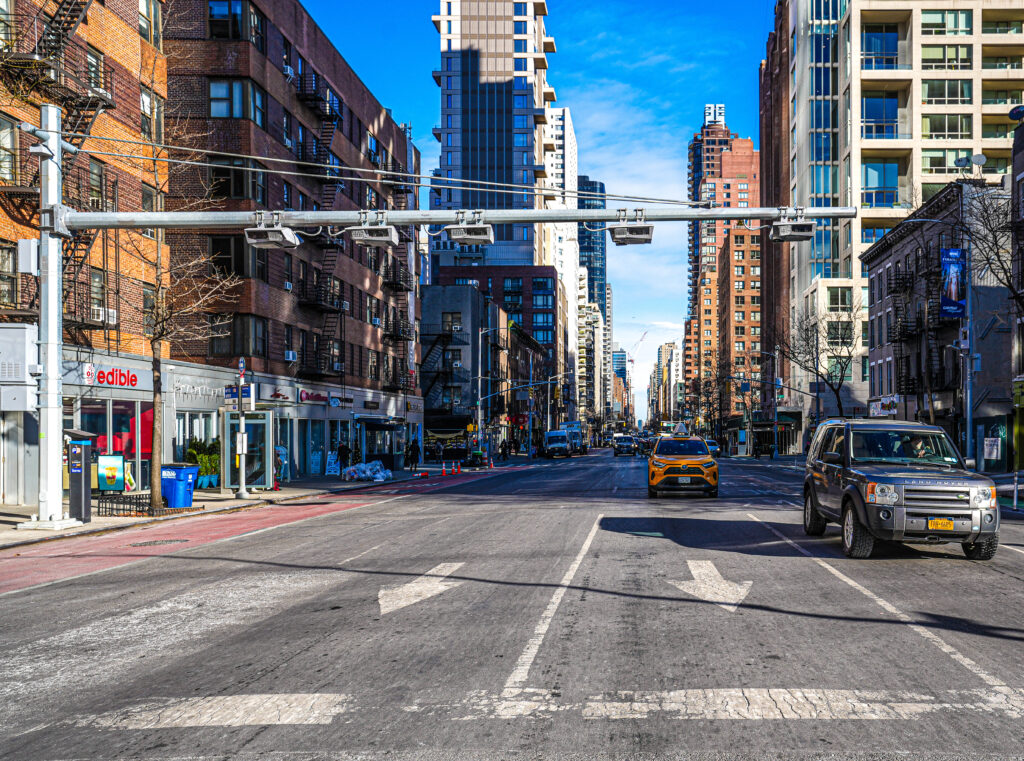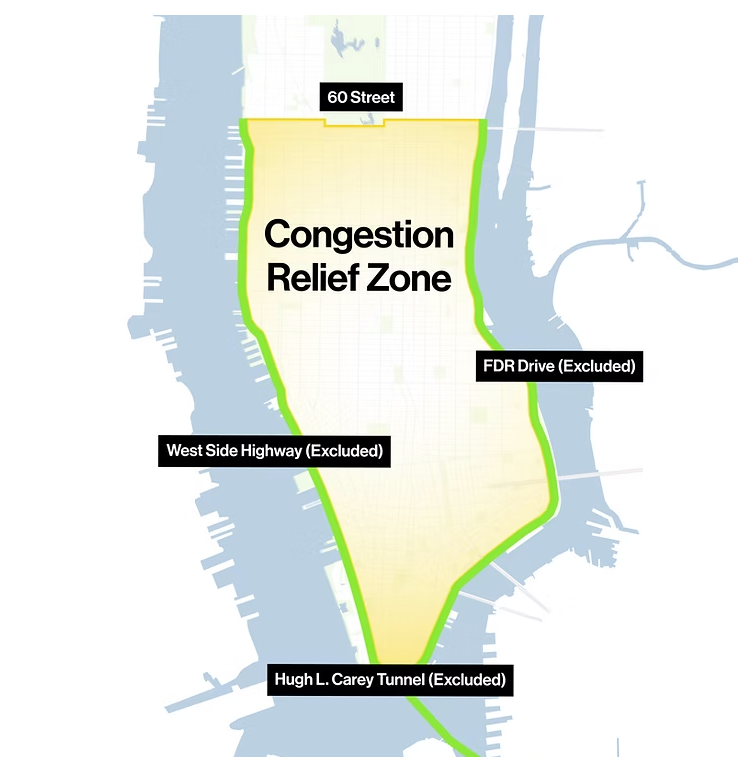
By Amanda Moses
Congestion Pricing officially launched on January 5th, with city officials stating that the initiative will reduce traffic in gridlocked areas, promote cleaner air and safer streets. Cars entering the Congestion Relief Zone—which spans between 60th Street and Lower Manhattan—are charged a toll based on the vehicle type, payment method, and time of day. To determine how much a toll will be, drivers can use the MTA’s online payment calculator by entering their trip details.
During peak hours, 5 a.m. to 9 a.m. on weekdays and 9 a.m. to 9 p.m. on weekends, drivers are charged around $9 to enter Manhattan through bridges such as Williamsburg, Manhattan, Brooklyn, Ed Koch-Queensboro and tunnels like the Hugh Carey, Midtown, Holland and Lincoln. About 80% of the revenue generated from congestion pricing will be used to improve mass transit.

According to the MTA, nearly 6 million riders use trains and buses daily, but many infrastructure components require substantial investment for upgrades. Planned improvements include accessibility upgrades at over 20 stations, modern signal systems on parts of the A/C and B/D/F/M lines (benefiting 1.5 million daily riders), hundreds of new electric buses, the Second Avenue Subway Phase 2 extension to East Harlem, and critical projects aimed at structural repairs, power system enhancements, and bus depot upgrades.
Photo by Amanda Moses



